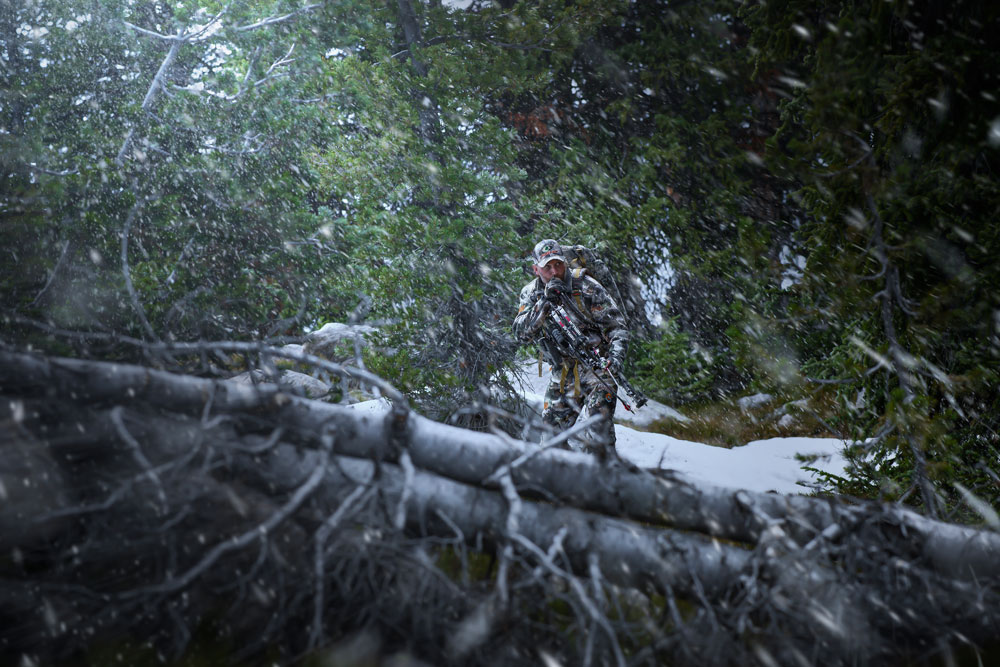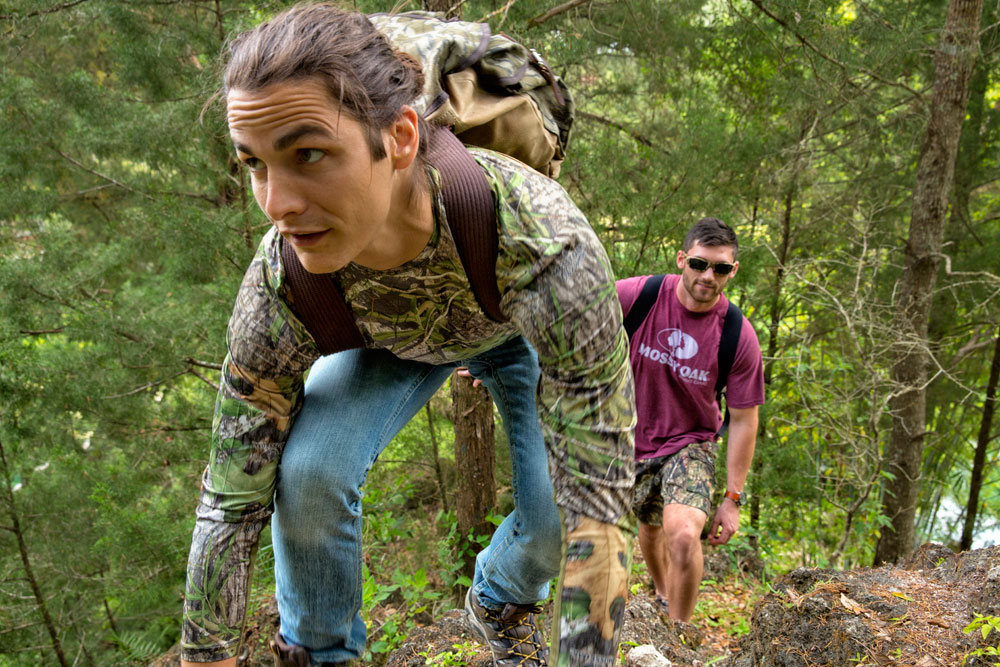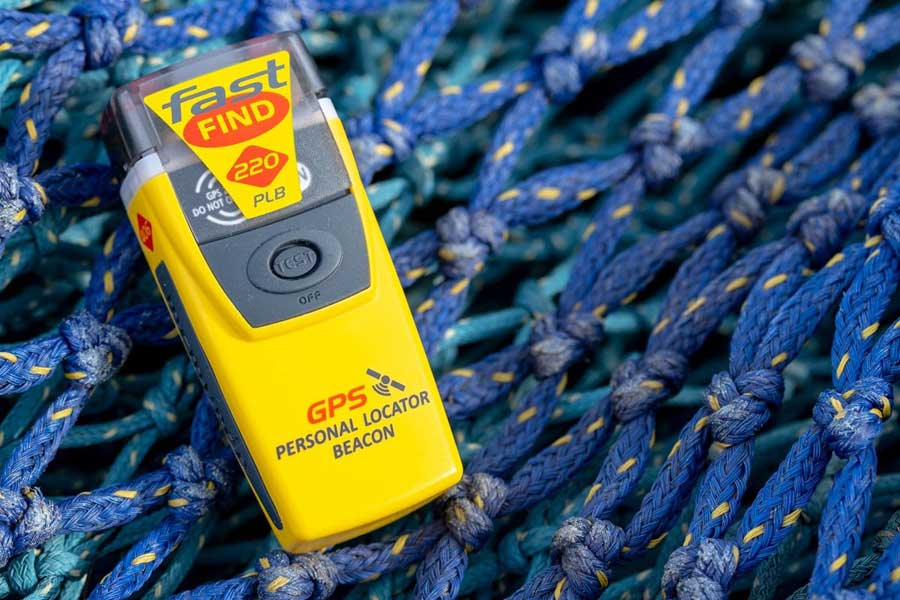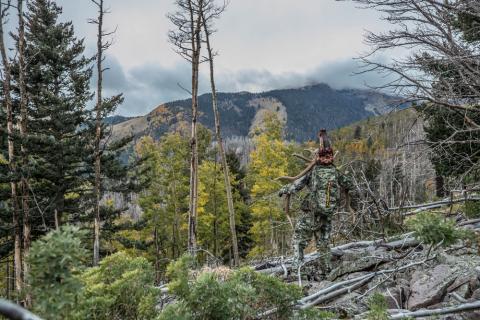Most people buy a personal locator beacon in the hopes they will never have to use it. But if you do have to use it, you’ll be glad you have it along.
Satellite communicators rely on a web of satellites orbiting in space, so they’re much more dependable than your smartphone, which needs a cellphone tower for service. Personal locator beacons are auditory distress signals pulsing out from your location, showing rescuers exactly how to find you.
Other satellite communicators are designed with one- or two-way message transmission, but a PLB is a bare-bones essential emergency tool. Here’s how PLBs work and some of the different models on the market.

What Are PLBs?
A personal locator beacon (PLB) uses the COSPAS-SARSAT global satellite system to send out an S.O.S alert. These devices use a frequency — 406MHz — reserved explicitly for distress calls. The best analogy for the PLB signal is it’s like a 911 call you don’t need phone service to use.
PLBs use government and military-run frequencies. Since their technology depends on satellites, not towers, it is much more powerful and much more accurate. Cellphone connections may get shakier the farther from civilization you get, but a satellite communication system will stay strong, no matter where you are.
However, one unit is not like another. Some models use integrated signal technology, which uses three different methods to announce your location. Using GPS positioning, the 406 MHz distress frequency and 121.5 MHz homing capabilities, the PLB, once the antenna is up and the button depressed, will pulse out its S.O.S. alert.
But, once depressed, it cannot be undepressed. It’s a one-way distress signal, so you should only use it in a life-or-death situation in which self-rescue seems highly improbable. PLBs don’t need a monthly or yearly subscription and most have long battery life, making them dependable lifesaving equipment for any dedicated outdoors person.
How Do PLBs Work?
There are a few key things you need to know if you’re serious about your expedition. Foraging for food, finding potable water and knowing how to build a fire are all critical components to successful treks or hunting trips.
Bringing the right emergency survival gear is also a vital piece of the puzzle. Here is what happens when you press the button on your PLB.

Distress Signal Sent
You extend the antenna and press the button, and your PLB starts to emit the S.O.S. alert signal. Some models have strobe lights to let rescuers know where you are in low-visibility conditions, such as fog, rain or under the snow.
Signal Sent to Satellite
PLBs use the COSPAS-SARSAT international search and rescue satellite system, a military-run network created in 1972 from an agreement between the U.S., U.S.S.R., France and Canada. It started as a marine rescue system, expanded to aircraft and, finally, land-based emergencies in backcountry situations.
When the low-orbit satellites don’t catch the signal from your PLB for some reason, which is unlikely, then the high-orbit satellites do the job. Getting a PLB with GPS is crucial so your exact locational coordinates are emitted, rather than making the system triangulate.
Signal Bounced to Ground Control
When the 406 MHz is received by the satellites, the circling space tech bounces the signal to the appropriate Rescue Coordination Center so the rescue teams can be deployed. This process, although occurring over thousands of miles, only takes moments.
When you press the button, the military is alerted, which is incredibly comforting. And you don’t have to be in the U.S.; anywhere in the world, if you need help, they will find you, which is why you should only push the button on your PLB if you are in dire need of help.
Since the inception of this system in the 1970s, tens of thousands of people have been saved by these ingenious devices. If you enjoy hiking by yourself, you need this invaluable piece of equipment, as you can’t rely on others to go for help.

Here are the four best lifesaving PLBs.
1. Best for Marine Recreation: ACR ResQLink View
The personal locator beacon from ACR is buoyant and light and has multifunctional clips for lanyards or carbineers. Encased in hard plastic brightly colored for high visibility, this is a long-lasting piece of equipment with 5-year battery life. The only downside to this model is the device is useless after the battery runs out.
Homing capabilities and multifrequency functionality make this a winner for any expedition. Still, its buoyancy and two sets of strobes — one regular, one infrared — would make it especially effective on the water. But even if you’re out on the trail, the ACR ResQLink View is an excellent survival tool.
2. Most High Tech: ACR Electronics ResQLink 400
Another great choice from a reputable company that knows its tech is the ACR ResQLink 400. This device uses the ResQLink series, which allows for more accuracy and faster reception. The best part about it is it does not need a subscription.
It comes with a 24+ hours battery life and uses GPS and Galileo GNSS for global coverage, so you can rely on a speedy rescue anywhere in the world.
3. Best for Rugged Use: ACR Electronics rescueME PLB1
The innovative details of this model make it a stand-out. If you need to, you can activate this PLB with one hand. It also has a flap that locks over the button so you don’t activate it by mistake.
Its compact design and unique mounting clip allow it to fit easily into a lifejacket or hunting vest pocket, and the integrated strobe light offers over one candela of illumination.
4. Most Economical: McMurdo FAST FIND 220
At a convenient price point and only 15 oz., the McMurdo is an excellent beacon if you’re not a serious adventurer. The rugged bright plastic casing defies even the most inclement weather. This model also has a test run capability, so you can feel assured the device is working.

Put Your Safety First
If you are a person who enjoys spending a lot of time outdoors and sometimes takes expeditions on your own, a Personal Locator Beacon is a must-have for your gear list. These small, compact, buoyant and brightly colored devices pulse out a distress signal to a military-run set of high-tech satellites. Within minutes, they’ve pinpointed your location and alerted local authorities.
When you buy one, the hope is you will never have to depress the alert button on your PLB. But you know you’ll feel much, much better on solo trips and multi-day excursions if you have one of these life-saving devices at your side.



























